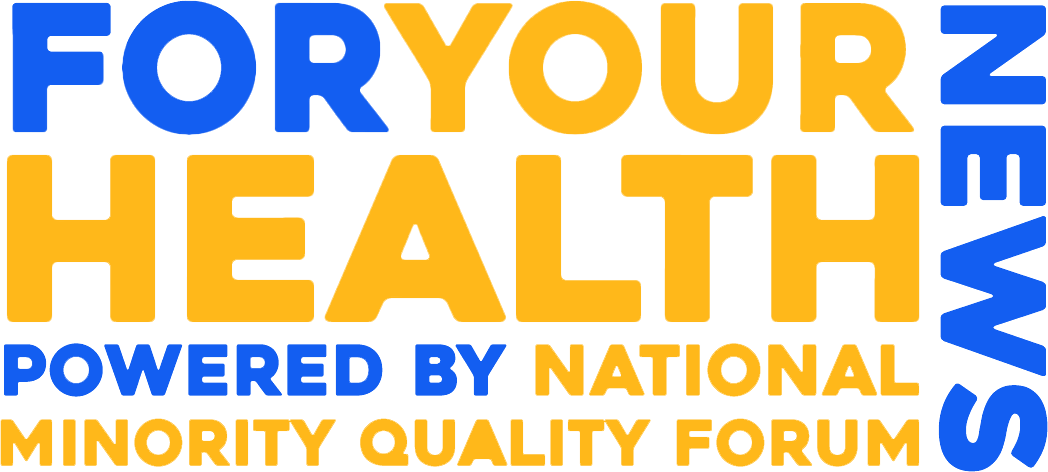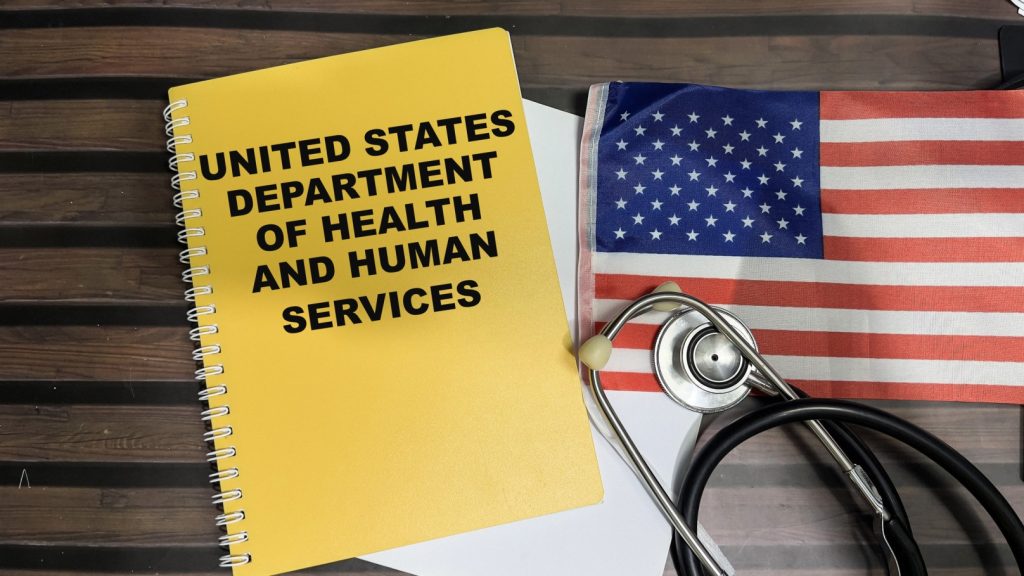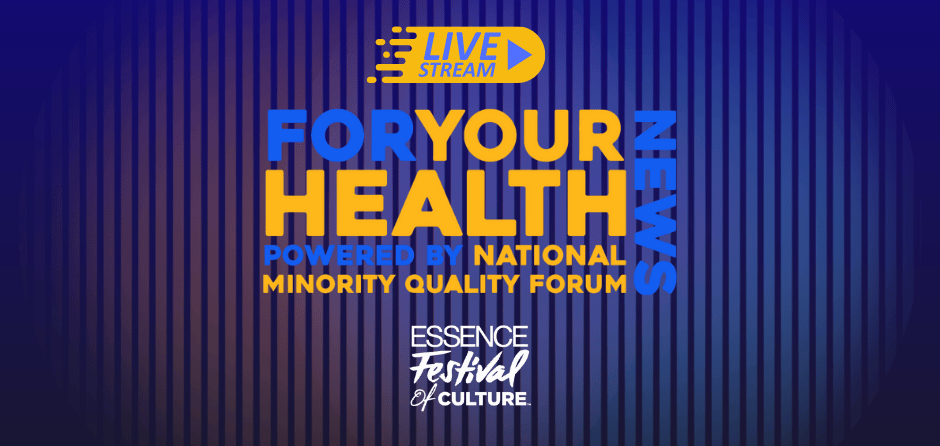Incidence
Gastrointestinal Cancer Trends in AANHPI vs NHW Populations
AANHPI cancer trends highlight critical disparities in gastrointestinal cancer incidence across diverse racial and ethnic subgroups. This study dis...
Anal cancer incidence rises in white, Hispanic older women: study
The rates of anal cancer have risen steadily in the United States, and the biggest increases were in older women — especially white and Hispanic on...
Late-stage breast cancer incidence increasing in U.S. women
The rate of late-stage breast cancers is on the rise in the U.S., according to findings published December 10 in Radiology.
This goes for women in ...
The Effect of High-Intensity Interval Training on Quality of Life and Incidence of Chemotherapy Side Effects in Women With Breast Cancer
Women with breast cancer (BC) experience multiple symptoms related to neoadjuvant chemotherapy (NAC) treatment that impair their functioning and qu...
Keratinocyte Carcinoma Incidence by Race and Ethnicity in Older Adults With Medicare Coverage
doi: 10.1001/jamadermatol.2023.4643.
Online ahead of print.
Affiliations
Expand
...
HPV-Associated Cancer Incidence by Disaggregated Asian American, Native Hawaiian, and Other Pacific Islander Ethnicity
Background:
Asian Americans (AAs) and Native Hawaiians and other Pacific Islanders (NHPIs) have suboptimal human papillomavirus (HPV...
Trending Topics
Features
- Drive Toolkit
Download and distribute powerful vaccination QI resources for your community.
- Health Champions
Sign up now to support health equity and sustainable health outcomes in your community.
- Cancer Early Detection
MCED tests use a simple blood draw to screen for many kinds of cancer at once.
- PR
FYHN is a bridge connecting health information providers to BIPOC communities in a trusted environment.
- Medicare
Discover an honest look at our Medicare system.
- Alliance for Representative Clinical Trials
ARC was launched to create a network of community clinicians to diversify and bring clinical trials to communities of color and other communities that have been underrepresented.
- Reducing Patient Risk
The single most important purpose of our healthcare system is to reduce patient risk for an acute event.






















